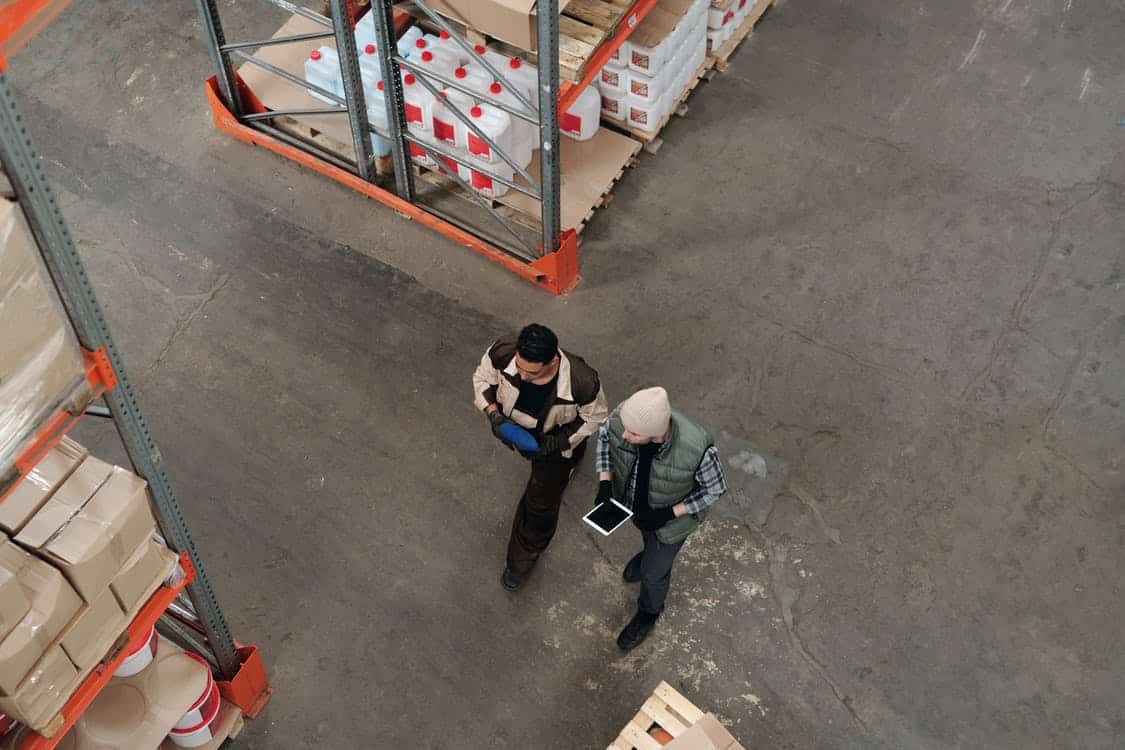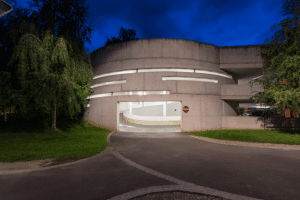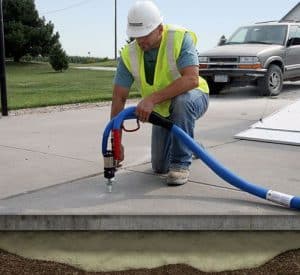In the industrial world, efficiency is paramount. Any disruptions or obstacles can lead to downtime, delays, and increased costs. One often-overlooked aspect of industrial efficiency is the condition of concrete surfaces. Uneven or sunken concrete in industrial facilities can pose significant challenges. In this article, we’ll explore the importance of concrete lifting for industrial facilities and how it contributes to efficiency and productivity.
The Role of Concrete in Industrial Facilities
Concrete is a ubiquitous material in industrial settings, used for floors, loading docks, driveways, and other essential surfaces. The condition of these concrete surfaces can impact various aspects of industrial operations:
1. Safety
Uneven concrete surfaces can create tripping hazards for employees and machinery operators, leading to accidents and injuries. A level surface is crucial for ensuring a safe working environment.
2. Equipment Performance
Industrial equipment, such as forklifts and conveyor systems, relies on smooth and level surfaces for optimal performance. Uneven concrete can cause equipment to operate less efficiently and lead to wear and tear.
3. Productivity
Efficient movement of materials and personnel is vital for productivity. Sunken or uneven concrete can slow down operations, affecting productivity and increasing labor costs.
4. Maintenance Costs
Neglected concrete surfaces deteriorate over time, leading to more extensive damage and costly repairs. Regular maintenance and timely concrete lifting can reduce long-term maintenance expenses.
Signs of Concrete Issues in Industrial Facilities
Recognizing the signs of concrete issues is essential for proactive maintenance. Common signs include:
- Uneven or sloping surfaces
- Cracks in the concrete
- Sunken or tilted sections
- Gaps between concrete slabs
- Tripping hazards
- Frequent repairs or patching
If you notice any of these signs in your industrial facility, it’s crucial to address them promptly to maintain efficiency and safety.
How Concrete Lifting Benefits Industrial Facilities
Concrete lifting, also known as slabjacking or mudjacking, is a method used to raise and level sunken or uneven concrete surfaces. Here’s how it benefits industrial facilities:
1. Minimal Downtime
Concrete lifting is a swift process, often completed in hours. This minimizes downtime and allows operations to resume quickly.
2. Safety Enhancement
Leveling uneven surfaces eliminates tripping hazards and reduces the risk of accidents and injuries.
3. Equipment Efficiency
Level concrete surfaces allow industrial equipment to operate at peak efficiency, reducing wear and tear and extending equipment lifespan.
4. Cost-Effective
Concrete lifting is typically more cost-effective than full concrete replacement, saving industrial facilities money.
5. Long-Lasting Results
Properly performed concrete lifting provides long-lasting results, ensuring that industrial surfaces remain level and safe for years.
Trust the Experts for Industrial Concrete Lifting
To ensure the efficiency and safety of your industrial facility, it’s essential to work with a professional concrete lifting service like Utah Concrete Lifting. Experienced professionals have the expertise and equipment to assess your facility, identify concrete issues, and implement the necessary concrete lifting solutions.
Efficiency matters in industrial operations, and maintaining level and safe concrete surfaces is a critical component of achieving it. Don’t overlook the condition of your industrial concrete—invest in concrete lifting to ensure your facility operates at its best.



